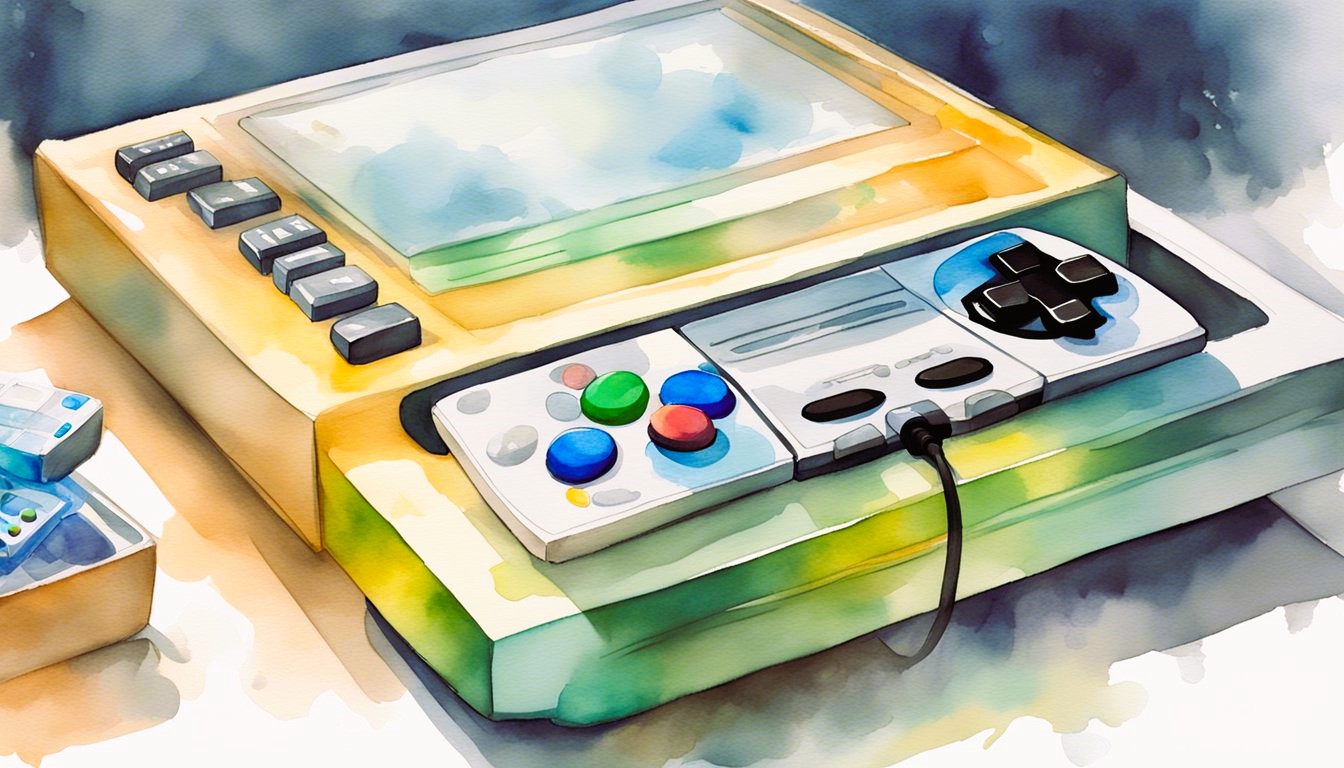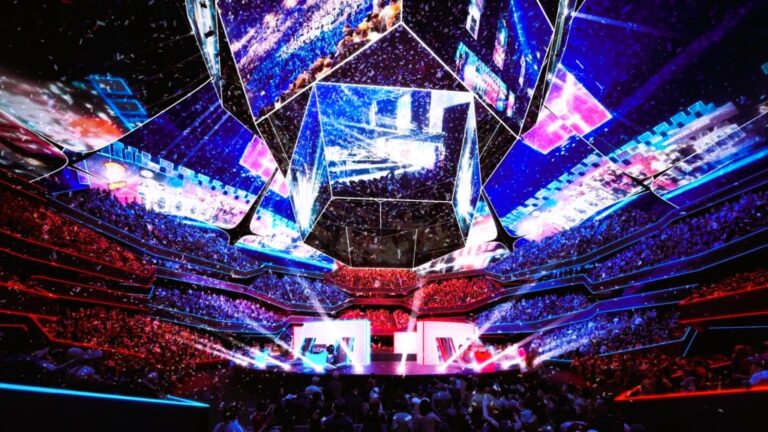So, you’ve got some sick in-game items and killer DLC ideas, but now you need to actually sell them? Whether you’re a solo dev crafting the next indie masterpiece, a modder making wild skins, or a full-fledged studio rolling out expansions, selling in-game content isn’t just about slapping a price tag on it. You need an effective proposal—one that turns players (or publishers) from skeptics into buyers.
Let’s break it down, step by step.
Why You Need a Strong Proposal (No, “Cool Sword Pack” Isn’t Enough)
Gamers don’t just throw money at every new skin or DLC pack that drops—there’s a science to getting them to hit “Buy Now.” An effective proposal does three things:
- Explains the Value: Why should players care? What makes your DLC a must-have?
- Justifies the Price: Whether it’s $0.99 or $39.99, people need to see the worth.
- Creates Urgency: If they don’t buy now, are they missing out?
What Makes a DLC Proposal Stand Out?
1. Know Your Audience
Selling a gritty survival horror expansion? Your pitch should feel intense. Offering a neon cyberpunk skin pack? Make it sleek and high-energy. Tailor your proposal to match the vibe of the game and its community.
2. Show, Don’t Just Tell
A dry description won’t cut it. Use gameplay clips, GIFs, and high-quality screenshots to showcase what buyers are getting. If possible, let influencers or playtesters demo the content first.
3. Break Down the Benefits
Here’s a quick way to structure it:
| Feature | Why It’s Awesome |
|---|---|
| New Weapons/Items | Changes gameplay dynamics, keeps things fresh. |
| Exclusive Skins | Show off rarity and customization. |
| Extra Story Content | Expands lore and deepens player investment. |
| Multiplayer Maps/Modes | Increases replayability and social interaction. |
4. Pricing Strategy (Don’t Scare Off Players)

Gamers are savvy. If they think you’re overcharging, they’ll torch you in reviews. Some solid strategies:
- Bundling: Sell DLC packs at a discount compared to buying individually.
- Limited-Time Offers: Create FOMO by making certain items available for a short period.
- Free vs. Paid: Offer some free content to get people hooked, then upsell premium features.
5. Make It Easy to Buy
A killer DLC means nothing if players have to jump through hoops to get it. One-click purchases, clear pricing, and no hidden fees = happy buyers. Did you like the article? Read also about Mobile Game Developers.
The Final Boss: Pitching to Publishers or Storefronts
If you’re pitching your DLC to Steam, PlayStation Store, Xbox Marketplace, or Epic Games, they’re gonna want a polished, professional proposal. Here’s what to include:
- A killer summary – 2-3 sentences that grab attention.
- Gameplay footage/screenshots – No one reads walls of text.
- Monetization strategy – Show how it’ll make money.
- Market potential – Why will gamers buy this? Who’s your audience?
- Competitive analysis – What similar DLCs exist, and how is yours better?
Learn from the Best
Want to see how top-tier games handle DLCs? Check out IGN or Fandom for deep dives into successful expansions.




